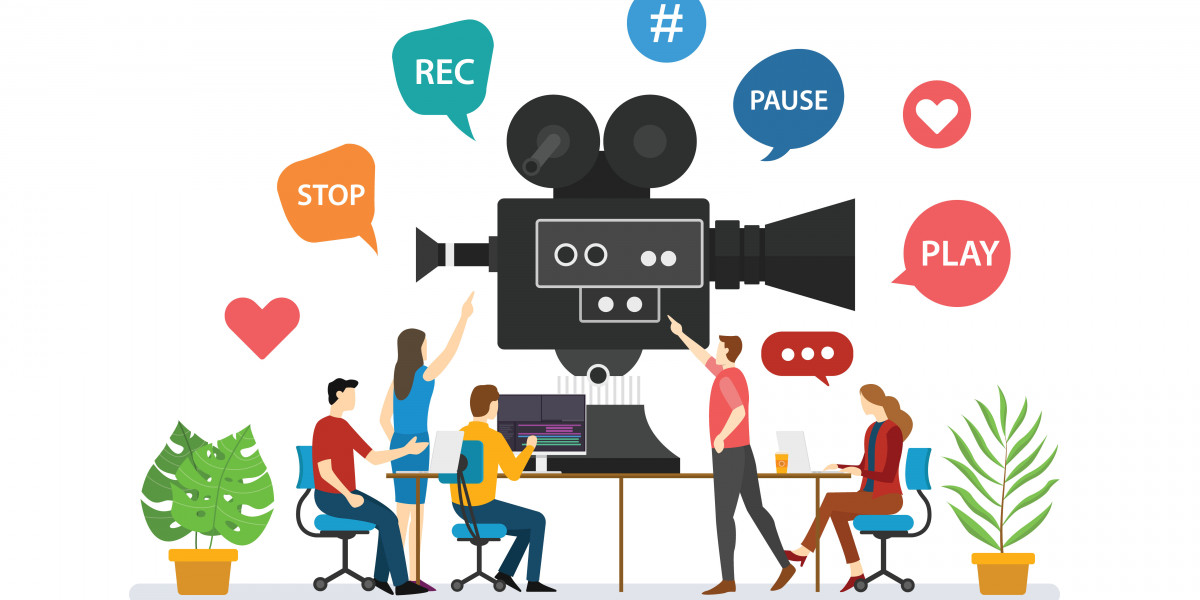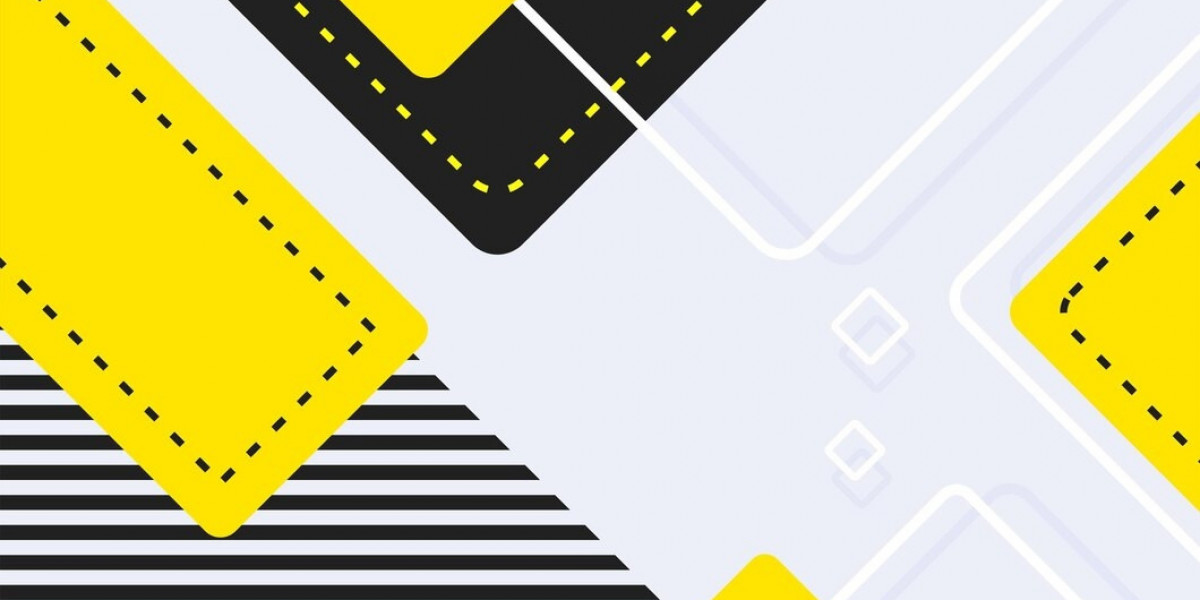Introduction
As we move deeper into the digital age, the fusion of Artificial Intelligence (AI) and embroidery digitizing is proving to be one of the most innovative developments in textile design. No longer limited by manual constraints, embroidery digitizing has embraced automation, precision, and creativity thanks to smart algorithms and machine learning. This article explores how AI is shaping the future of embroidery digitizing in 2025 and why it’s essential for designers, businesses, and enthusiasts alike.
What Is Embroidery Digitizing?
Embroidery digitizing is the process of converting visual artwork—such as logos, text, or graphics—into a stitch-ready format that embroidery machines can interpret. Traditionally, this was a labor-intensive task requiring specialized software and a skilled digitizer. However, the rise of AI has changed this paradigm, automating many aspects while maintaining or even improving design quality.
How AI Is Transforming Embroidery Digitizing
1. Automated Pattern Recognition
AI analyzes uploaded images and detects shapes, colors, and boundaries to generate optimal stitch paths. It drastically reduces the time spent on manual tracing and tweaking.
2. Smart Stitch Path Calculation
Through machine learning, AI determines the most efficient stitch path, accounting for thread tension, fabric type, and color changes to avoid unnecessary trims or jumps.
3. Adaptive Learning from Past Designs
AI-based systems continuously learn from previous designs, improving their accuracy and efficiency over time.
4. Real-Time Fabric Simulation
Design previews can now show how the embroidery will look on various fabric types, including stretchable, dense, or layered materials.
5. Error Detection and Correction
AI identifies common issues like overlapping stitches, incorrect underlay, or thread breaks and suggests solutions instantly.
Key Advantages of AI-Enhanced Embroidery Digitizing
Time Efficiency: Reduces digitizing time from hours to minutes.
Accuracy: Minimizes human error with intelligent automation.
Creativity: Frees designers to focus more on design and less on technical execution.
Scalability: Enables bulk customization without compromising quality.
Cost Savings: Lowers waste, test runs, and labor expenses.
Industries Benefiting from AI-Powered Digitizing
Fashion & Apparel: Accelerates design-to-production timelines.
Corporate Branding: Ensures consistent logo digitizing across uniforms.
Sportswear: Delivers precision in team logos and player numbers.
Promotional Items: Enables fast turnaround for branded merchandise.
DIY & Etsy Sellers: Empowers small business owners with enterprise-level tools.
Tools Leading the AI Embroidery Digitizing Revolution
Wilcom Embroidery Studio AI Edition
Hatch Embroidery 3 with Auto-Digitize
PulseID Automation Tools
Embrilliance StitchArtist with AI Features
TruEmbroidery AI for Mac
Each tool offers different strengths in automation, simulation, and compatibility with embroidery machines.
Step-by-Step Workflow Using AI Digitizing Software
Upload image or artwork
Software analyzes the image and suggests stitch paths
Make adjustments if needed using built-in editor
Preview in real-time on selected fabric
Export file in the desired machine format (e.g., DST, PES)
Send to embroidery machine for stitching
Comparison: AI vs. Traditional Digitizing
| Feature | Traditional Digitizing | AI-Powered Digitizing |
|---|---|---|
| Time | 1-3 hours per design | Under 15 minutes |
| Skill Required | High | Low to moderate |
| Error Rate | Medium to high | Low |
| Scalability | Low | High |
| Cost | High | Lower over time |
Challenges with AI in Embroidery Digitizing
Lack of Artistic Sensitivity
AI may miss the nuanced flair a human digitizer can add.
Initial Setup Costs
Premium AI tools can be expensive upfront.
Learning Curve
Users must adapt to new software interfaces and workflows.
Future Trends in AI Embroidery Digitizing
Voice-Driven Design Commands
AR and VR Previews for Clients
Cloud-Based Collaboration Tools
Blockchain-Verified Design Authenticity
Embedded AI in Embroidery Machines
SEO and Marketing Tips for Digitizing Service Providers
Create content-rich blogs about embroidery techniques.
Offer AI digitizing demos or samples.
Use video tutorials to build trust and engagement.
Leverage social proof through client testimonials.
Optimize your site with keywords like "AI embroidery digitizing" or "fast digitizing services."
FAQs
Q1: Is AI embroidery digitizing suitable for beginners? Yes, many tools are user-friendly with helpful automation features.
Q2: Can AI digitize complex designs like 3D puff embroidery? Yes, advanced tools are capable of handling even intricate effects.
Q3: What file formats are supported? Common formats include .DST, .PES, .EXP, .JEF, and more.
Q4: Are AI embroidery tools compatible with all machines? Most tools support a wide range of embroidery machines through standardized file formats.
Q5: What is the cost of AI digitizing software? Costs vary from $100 for basic versions to over $1,000 for full-featured suites.
Conclusion
AI-powered embroidery digitizing is no longer a luxury; it's a necessity in 2025’s competitive and fast-paced market. With tools becoming more intuitive, affordable, and powerful, there's never been a better time to integrate AI into your digitizing workflow. Whether you're a designer, entrepreneur, or manufacturer, embracing this technology can elevate your brand, streamline production, and unleash your creative potential. The future of embroidery is here—and it's digital, intelligent, and limitless.








